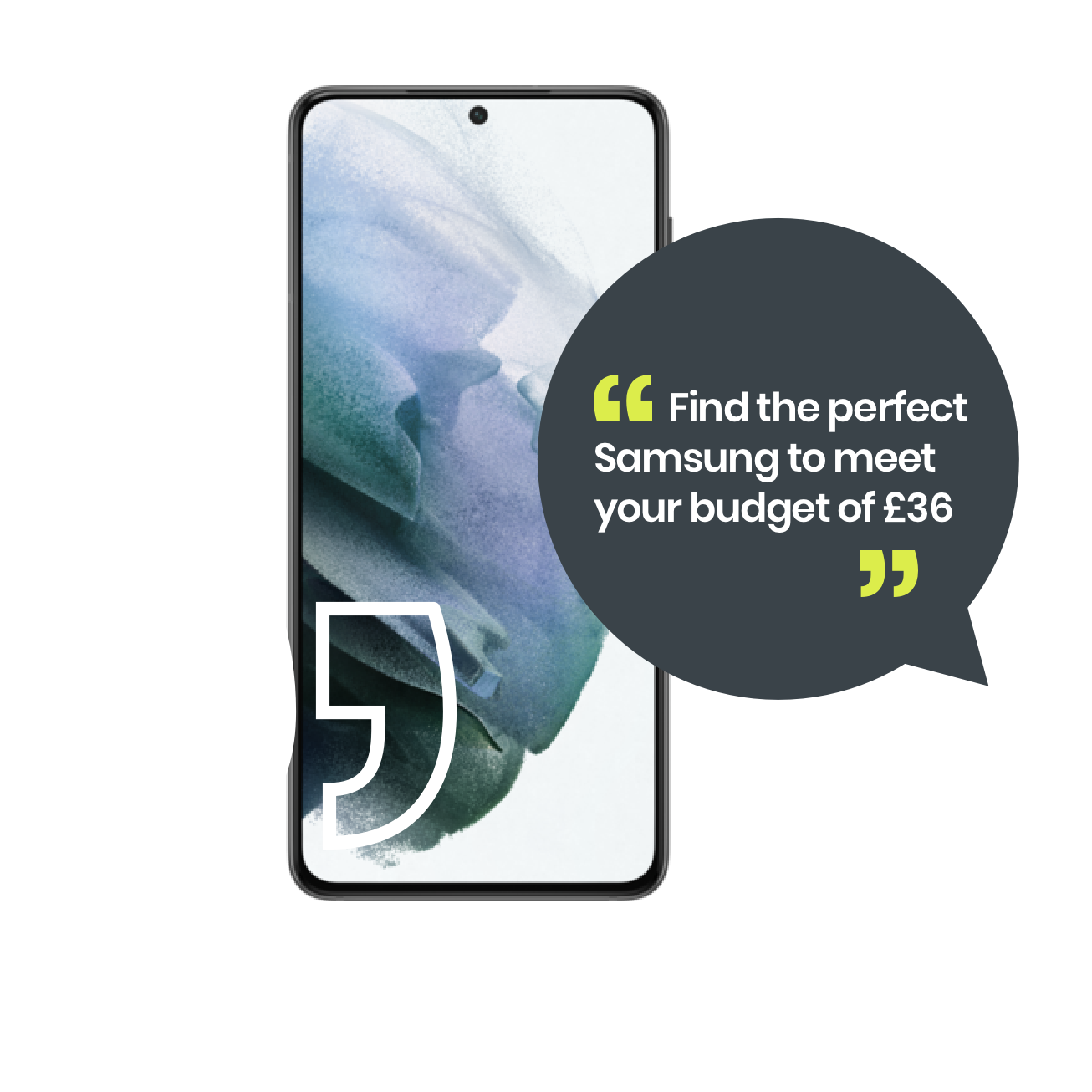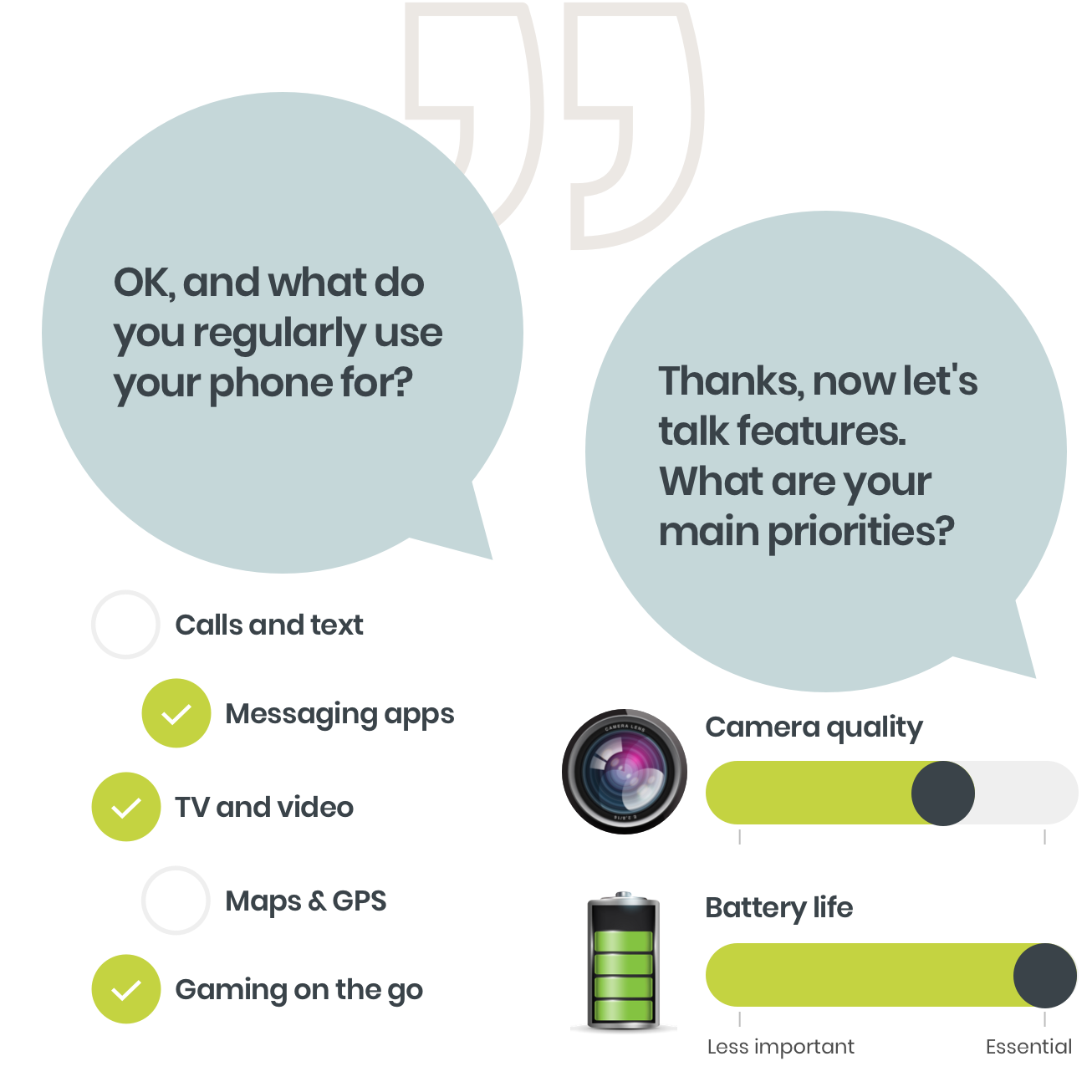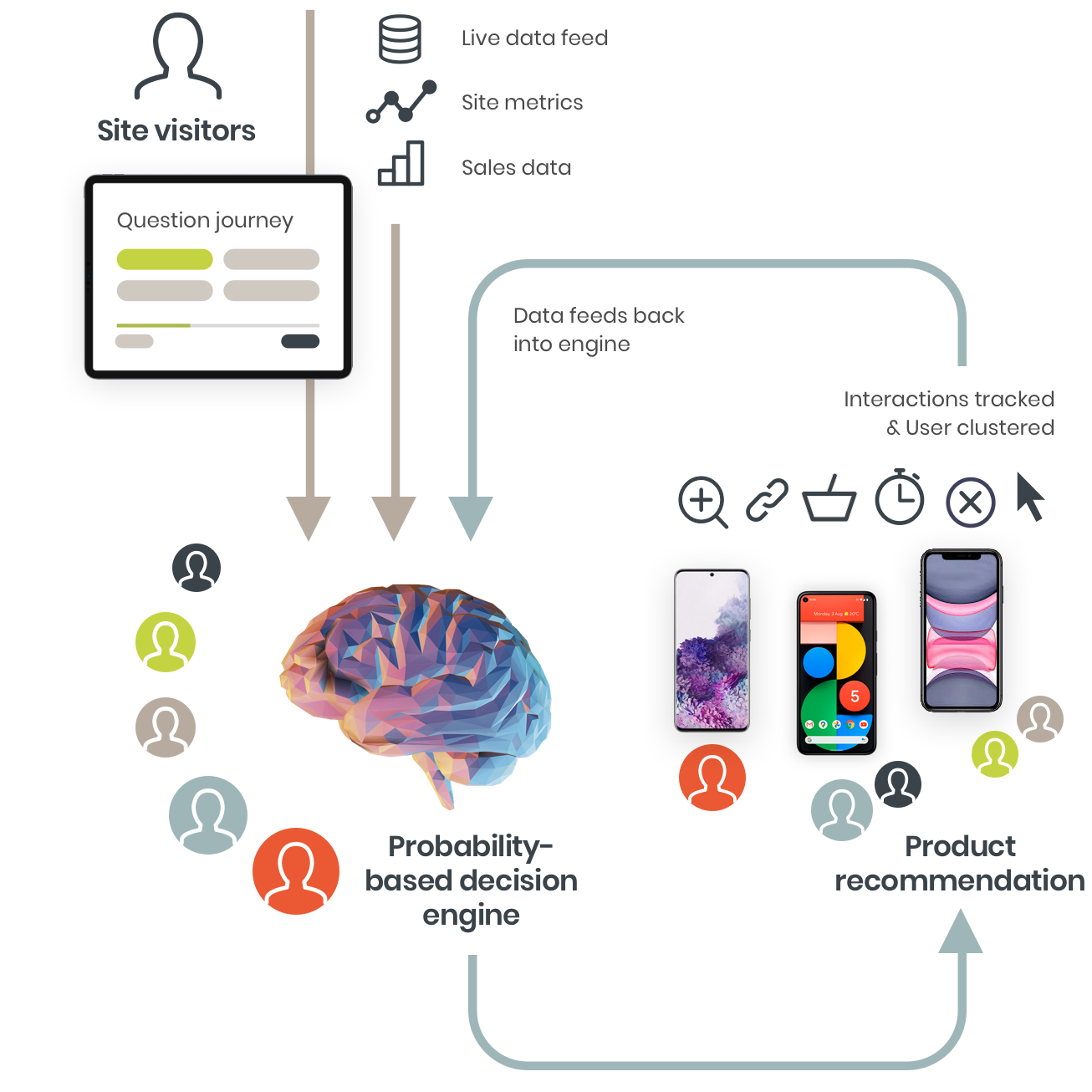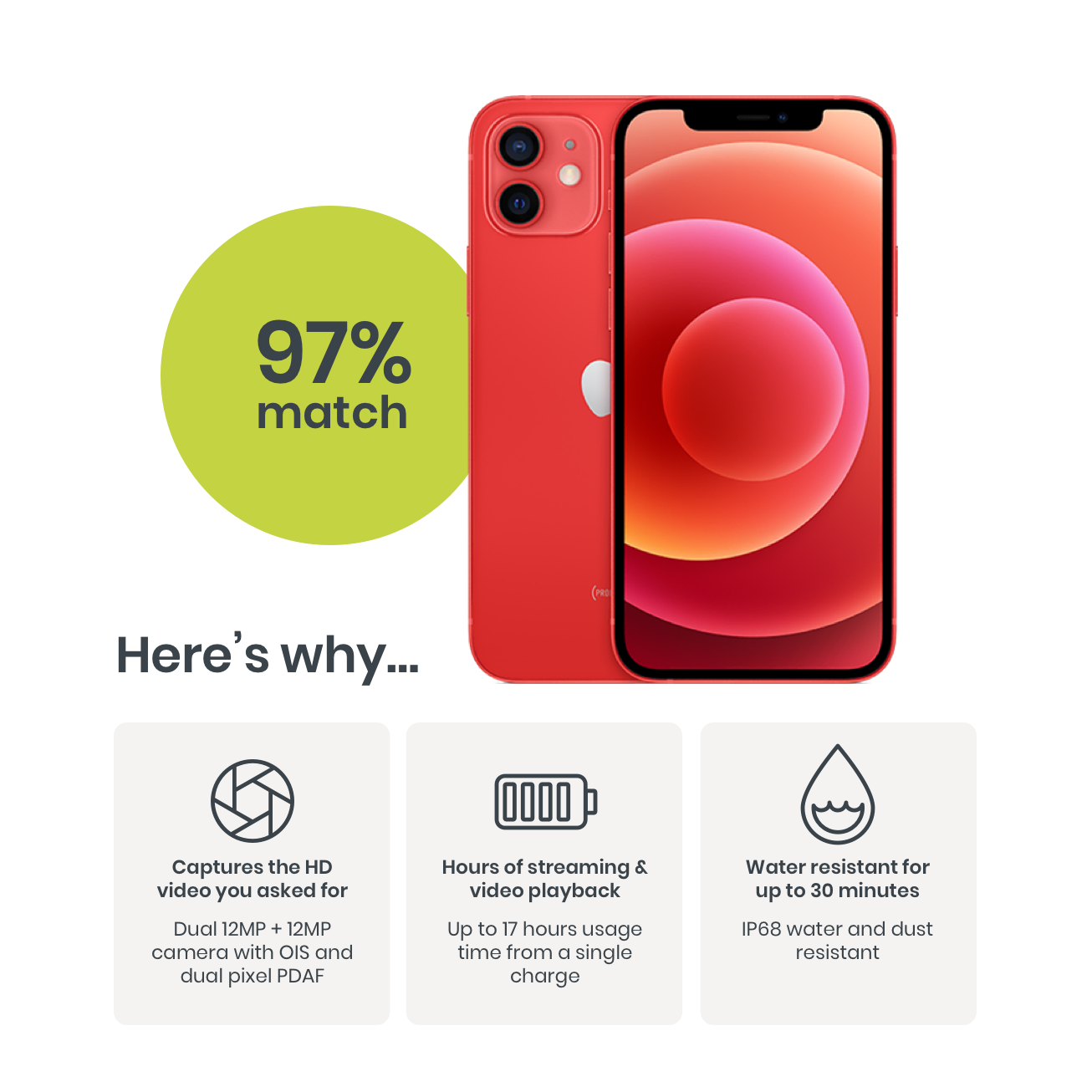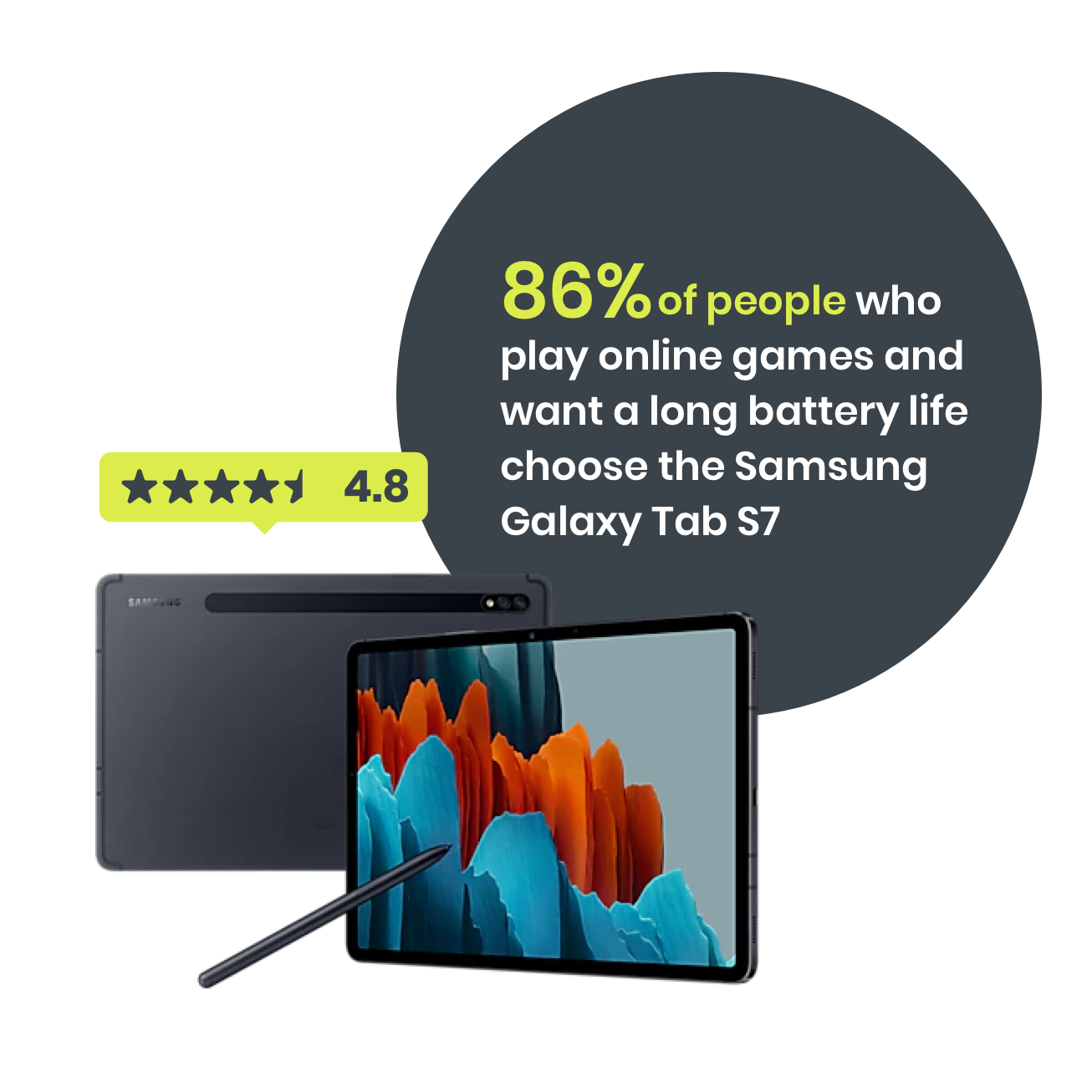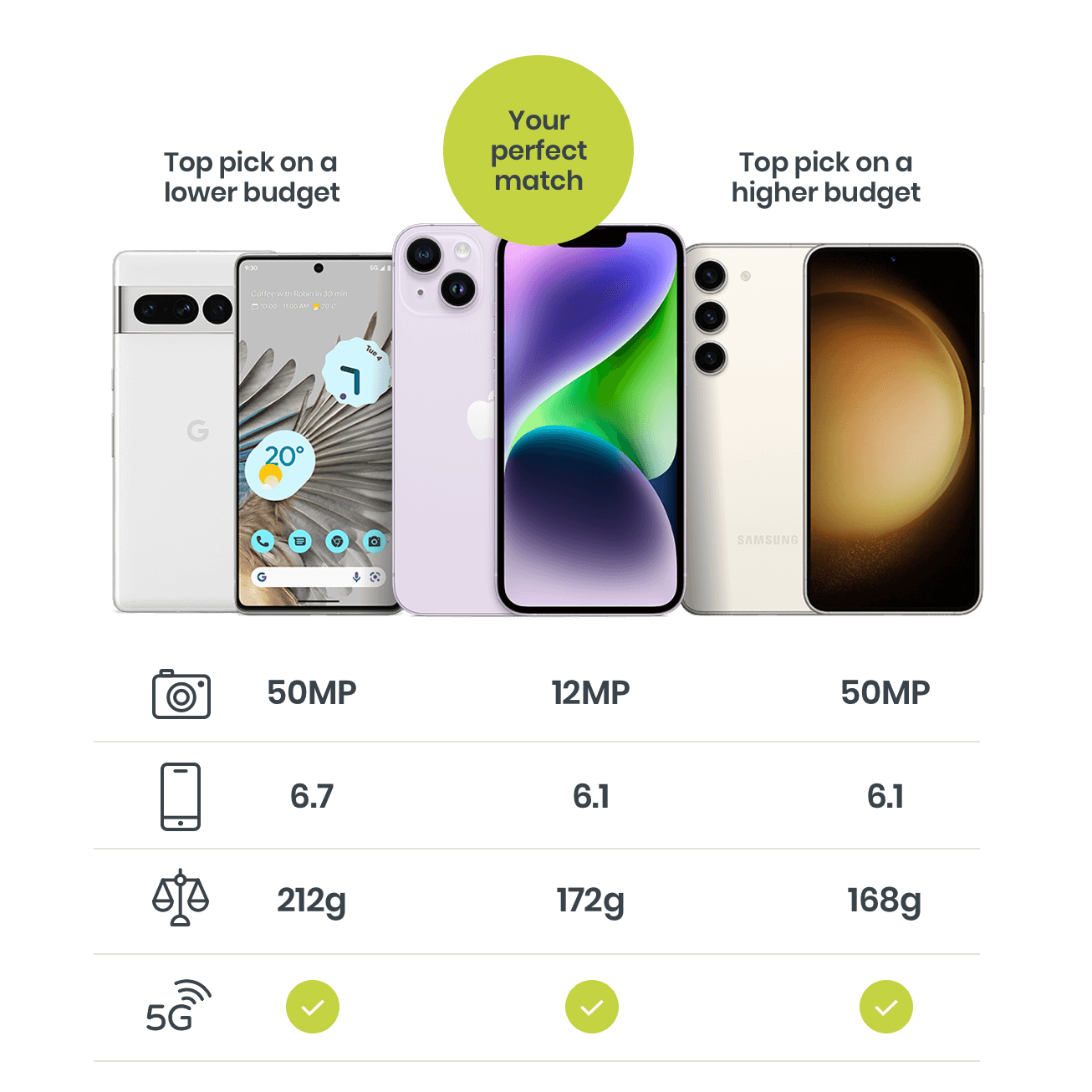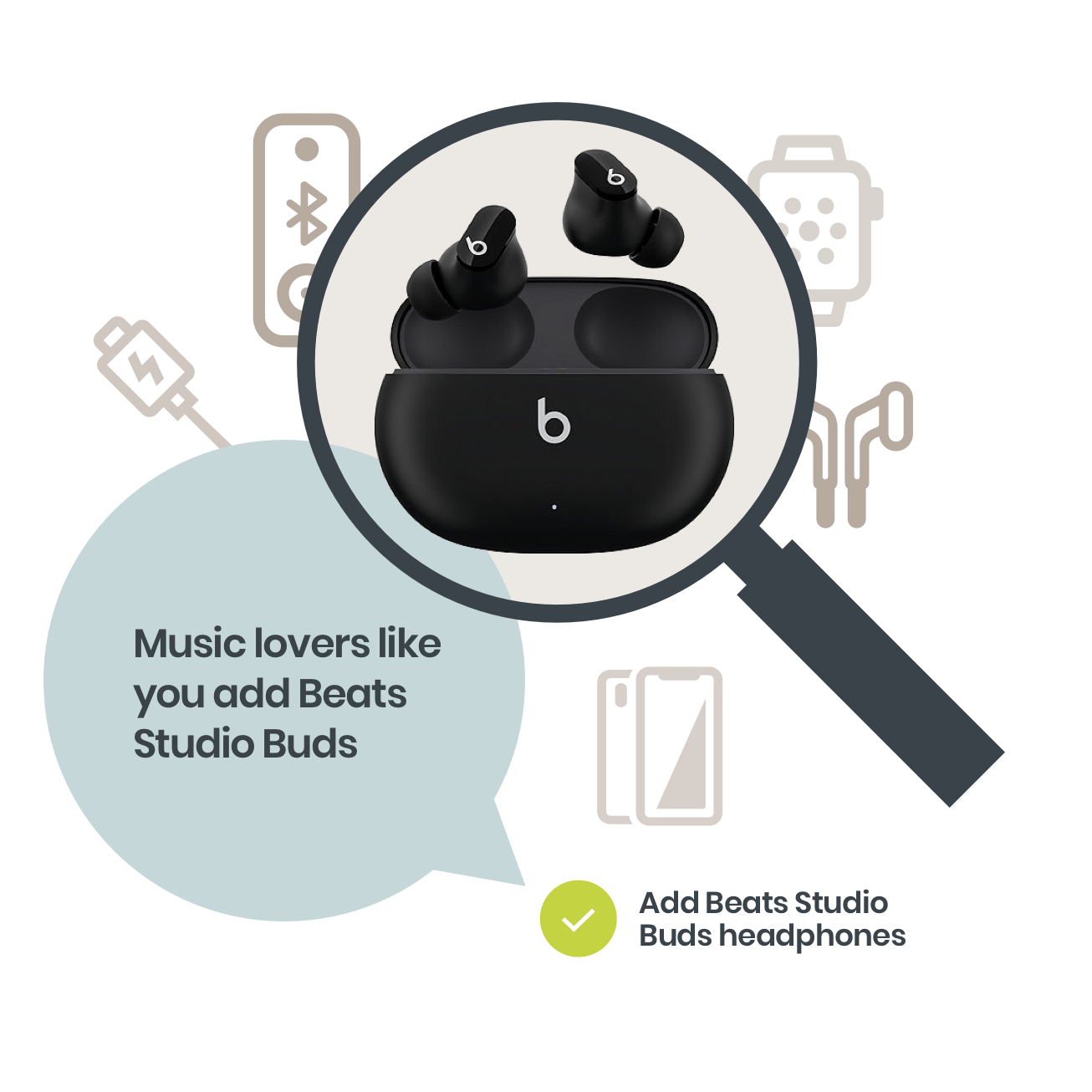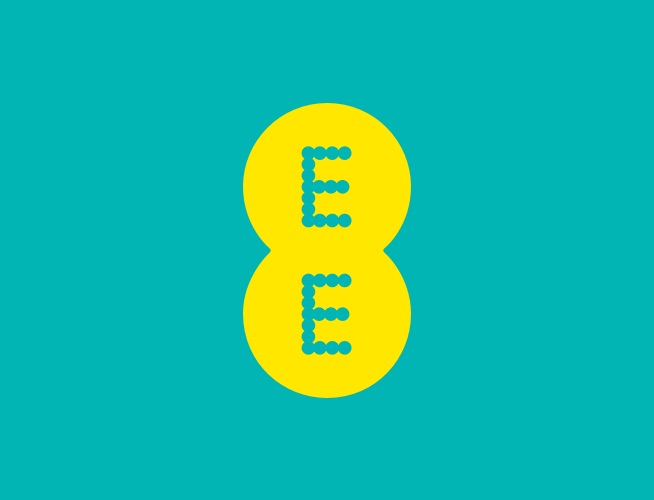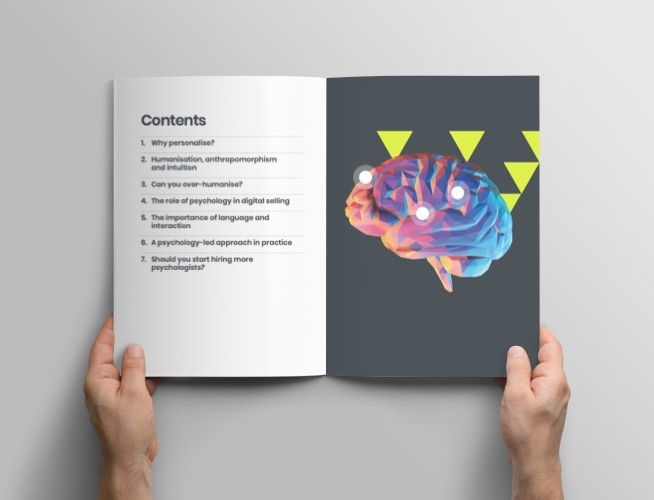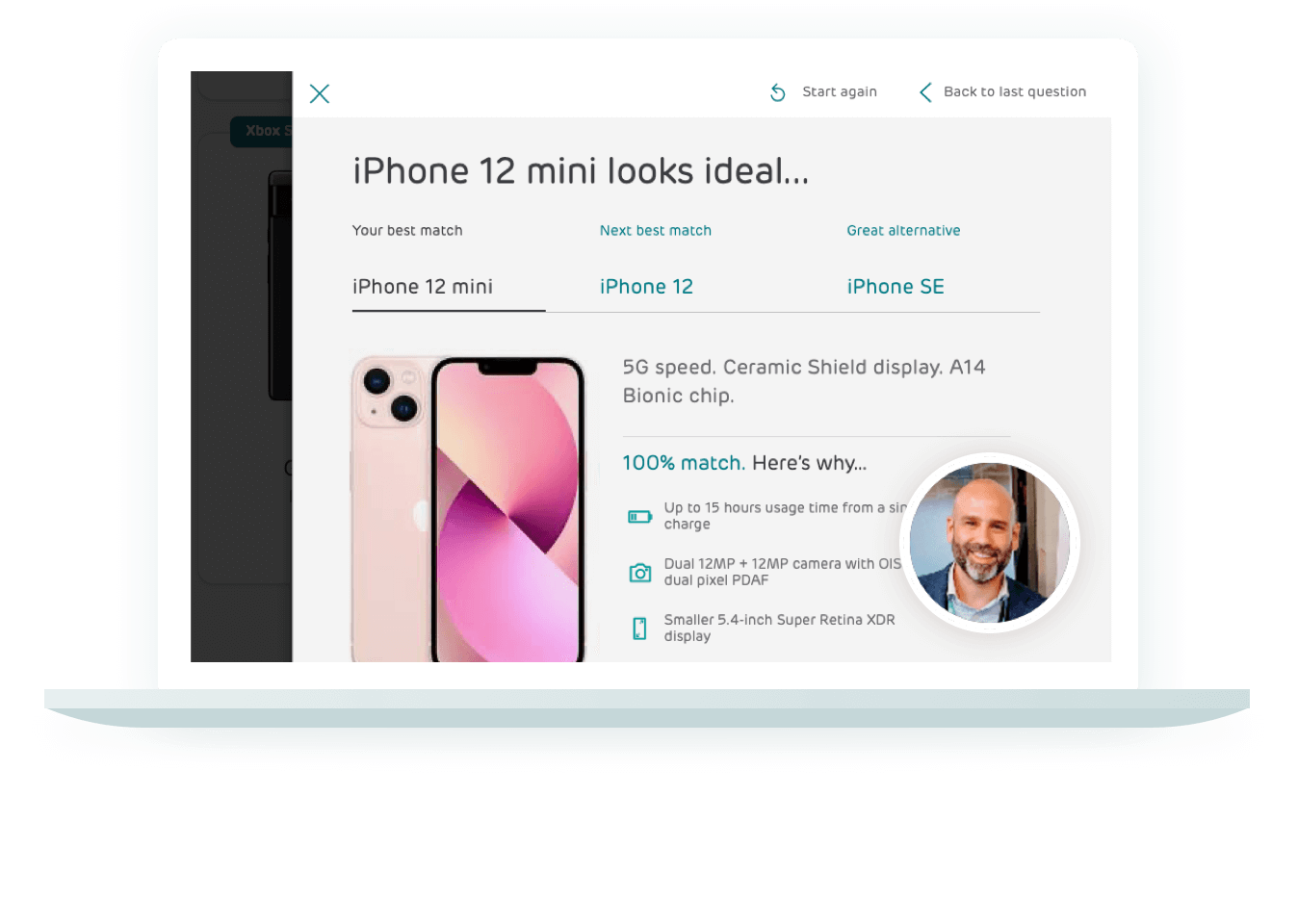Instead of setting us free, mounting options quickly overwhelm us.
Often, we simply can’t choose at all. And even if we make a good choice, it’s easy to imagine we left that one, perfect option on the shelf.
Your customers face this every time they visit your site. And online there’s no sales assistant to turn them into a confident buyer.
So, what’s the answer?

